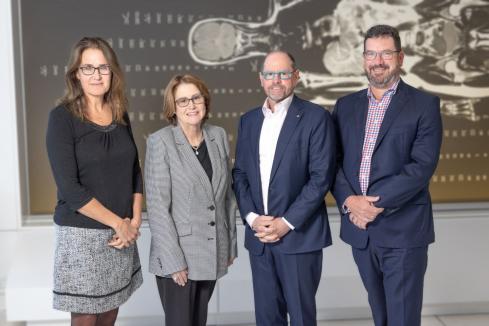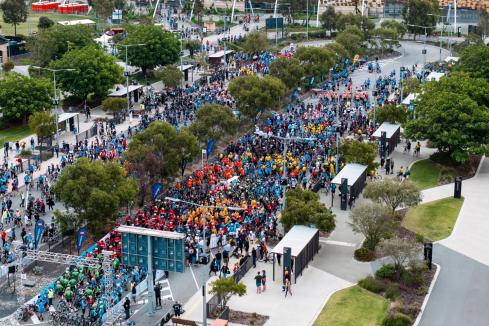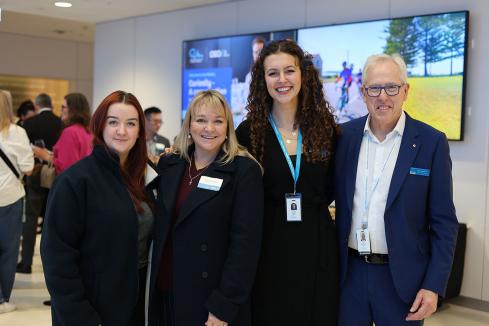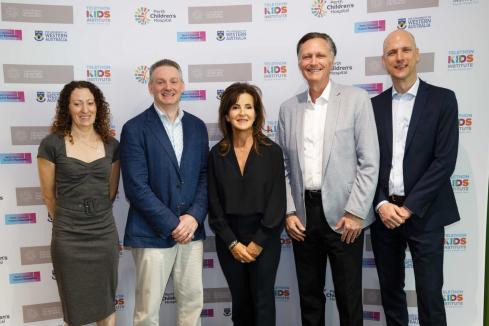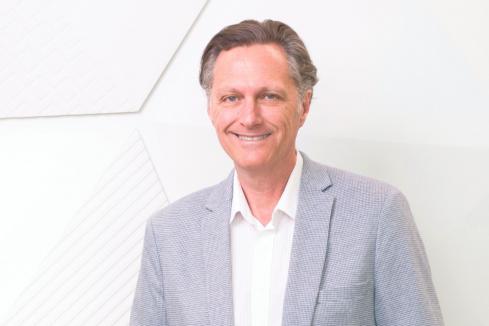
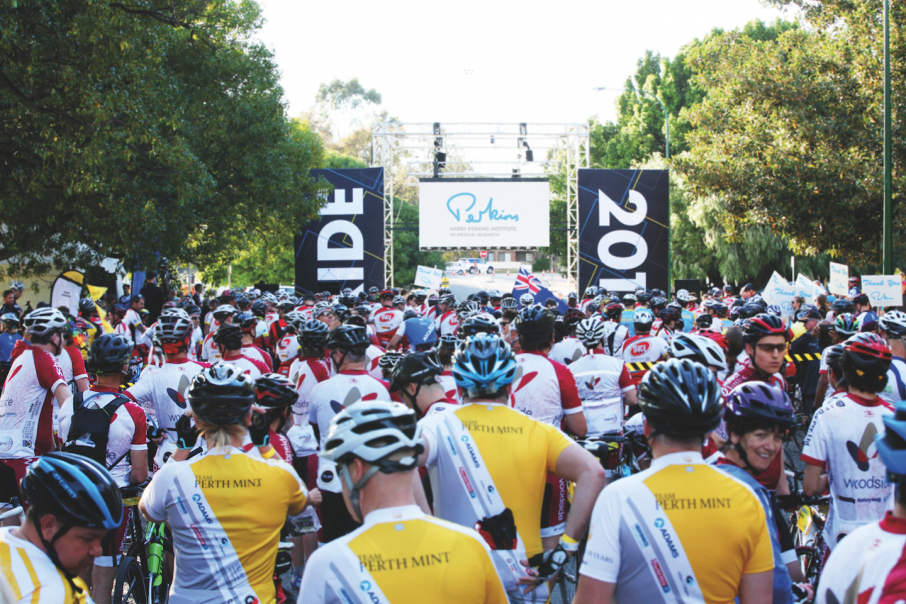
We are fortunate to have a high-quality medical research environment in WA.
Beyond delivering better health for us all, its impact on our local community is heightened because that research is happening right here in WA.
A thriving local medical research sector brings to the State international medical and scientific experts and provides career paths for our graduates.
The economic benefits of medical research are undeniable. The Association of Australian Medical Research Institutes (AAMRI) estimates that every $1 invested in medical research returns $3 in health benefits.
Better yet, clinical trials can generate a return of $5.80 for every $1 invested.
Local research offers patients the opportunity to be involved in first-in-human drug trials sometimes years before they become widely available and of particular benefit, WA research focuses on WA issues.
The WA Kirkbride Melanoma Advisory Service at the Harry Perkins Institute of Medical Research, is a case in point.
It provides an outstanding service for West Australians with melanoma ensuring the latest in melanoma research becomes available to WA patients.
Medical research plays an essential role in improving health care for everyone, in new medicines, better tools and prevention strategies.
Medical research has led to, and continues to make, life-changing discoveries.
One such example is the Gardasil vaccine, an Australian invention that has dramatically lowered infection rates for the Human Papillomavirus (HPV).
Cervical cancer, which kills one woman every two minutes globally, is caused by HPV infection. Experts now say that cervical cancer could be eliminated in Australia within 40 years, and this will equate to thousands of mothers, sisters and daughters saved over the coming decades.
Researchers are driven to help find solutions that will ultimately keep our loved ones with us for longer.
The public’s thirst for medical answers is matched by the researchers’ determination to deliver them, and improvements in technology are helping scientists make discoveries faster than ever before.
With unlimited funding there’s no telling where we could be in a few short years – but that’s just the problem: funding is extremely limited.
Australian researchers, including those at the Perkins, can spend upwards of one-third of every year applying for grants to cover the consumables, equipment and salaries that keep a lab operational.
The success rate of these applications ranges from 10% to 20% meaning that, after months writing grants, some 80% of promising scientists could be left high and dry.
This includes projects that may be part way through their life cycle.
This has major impacts beyond losing some of our best and brightest overseas. Pioneering research ideas with great potential are sometimes disregarded.
At the Perkins, we are extremely fortunate to have loyal donors who have made a longterm commitment to our cause.
We are also grateful to supporters who ride, walk and fundraise for us.
These people are vital in helping to action pioneering research that could have the biggest impact.
Our donors and supporters are essential in speeding up discoveries and enabling our researchers to take risks in their search for answers to the diseases that rob us of loved ones.
Unlike other causes with quicker returns, developing medical research takes time.
The grants process will never meet the demand for answers to the diseases that affect our lives.
That’s why the Perkins continues to seek ongoing, committed support in the community.
Without research, there would be no advances in medicine and without visionary supporters, there would be no research.








